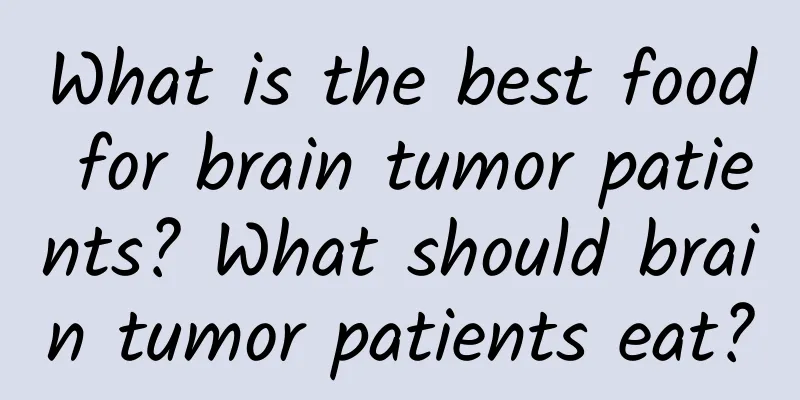Why does chemotherapy cause nausea or vomiting?

|
Chemotherapy is a commonly used treatment for cancer patients. As a chemical treatment method, it helps patients kill cancer cells but also causes great harm to the body. Many patients choose to give up chemotherapy during the treatment process because of the adverse reactions of chemotherapy. It's unbearable. The most common symptoms are nausea and vomiting. So why does chemotherapy cause nausea or vomiting? The mechanism by which chemotherapy drugs induce nausea or vomiting is very complex, and it is generally believed that there is a vomiting reflex arc in its occurrence. There are two known central sites for vomiting. One is the vomiting center (VC), which is located in the medulla oblongata and is widely distributed. Experiments have shown that direct stimulation of this site with a microelectrode can induce vomiting. The other is the chemical emetic receptor zone (CTZ), which is located in the posterior zone of the fourth ventricle and is very sensitive to some chemicals from the blood or cerebrospinal fluid, but direct stimulation of this area with a microelectrode does not induce vomiting. Scientists have discovered that emetic chemotherapy drugs can stimulate the gastrointestinal mucosa, causing mucosal damage, leading to the release of 5-hydroxytryptamine (5-HT) by chromaffin cells on the mucosa, which binds to 5-HT3 receptors in the internal organs, generating nerve impulses that are transmitted to the vomiting center and cause vomiting. Chemotherapeutic drugs can also directly excite the vomiting center to cause vomiting or their metabolites can stimulate receptors in CTZ, which are then transmitted through neurotransmitter receptors to the vomiting center to induce vomiting. CTZ responds to a variety of stimuli, which act through a series of receptors, mainly including dopamine receptors, histamine receptors, muscarinic receptors, 5-HT3 receptors, etc. In addition, when chemical drugs induce vomiting, many sensory afferent impulses enter the vomiting center, including those from the CTZ, cerebral cortex, and vagus nerve afferent branches of the gastrointestinal tract. In recent years, scientists have discovered through animal experiments that substance P also plays an important role in chemotherapy-induced nausea and vomiting by binding to the NK1 receptor. The use of NK1 receptor antagonists can inhibit vomiting, and this antiemetic effect has also been confirmed in clinical trials. From this, we can infer that to suppress nausea and vomiting caused by chemotherapy, the commonly used drugs are mainly a series of receptor antagonists. In addition to the NK1 receptor antagonists mentioned above, there are also dopamine receptor antagonists, 5-HT3 receptor antagonists, etc. |
<<: What is the difference between hemoptysis and hematemesis? How to identify?
Recommend
The difference between pneumoconiosis and silicosis, the causes of both should be known
Pneumoconiosis and silicosis are both common lung...
I'll give you eight words at the beginning of autumn. Don't thank me.
August 7th is the beginning of autumn, the first ...
What are the symptoms of myocardial ischemia in pregnant women?
Pregnant women must take myocardial ischemia seri...
What are the symptoms of drug addicts?
Drug abuse is not only harmful to the drug addict...
Can mycoplasma infection heal itself?
When mycoplasma infection occurs, timely treatmen...
The efficacy and therapeutic value of hemp seed vegetable
Purslane, also known as Amaranth, is a common wil...
What is the reason for left abdominal bloating?
When people experience bloating in the left abdom...
What are the acupoints for treating gray hair?
When people enter old age, their hair will turn g...
How much is Cordyceps sinensis per pound
When people wake up in the morning, they are full...
Perilla frutescens
Everyone should have heard of Perilla, which is a...
What are the methods for oil control and acne treatment?
As we all know, since entering puberty, many pimp...
The efficacy and function of Chinese medicinal hay
The Chinese medicinal material licorice has many ...
Medical abortion has been bleeding and no gestational sac has been discharged
Among the abortion procedures, medical abortion i...
How to regulate Yin deficiency and Yang hyperactivity with food
Many people's physical constitution cannot ke...
Toe numbness
With the continuous improvement of modernization,...









